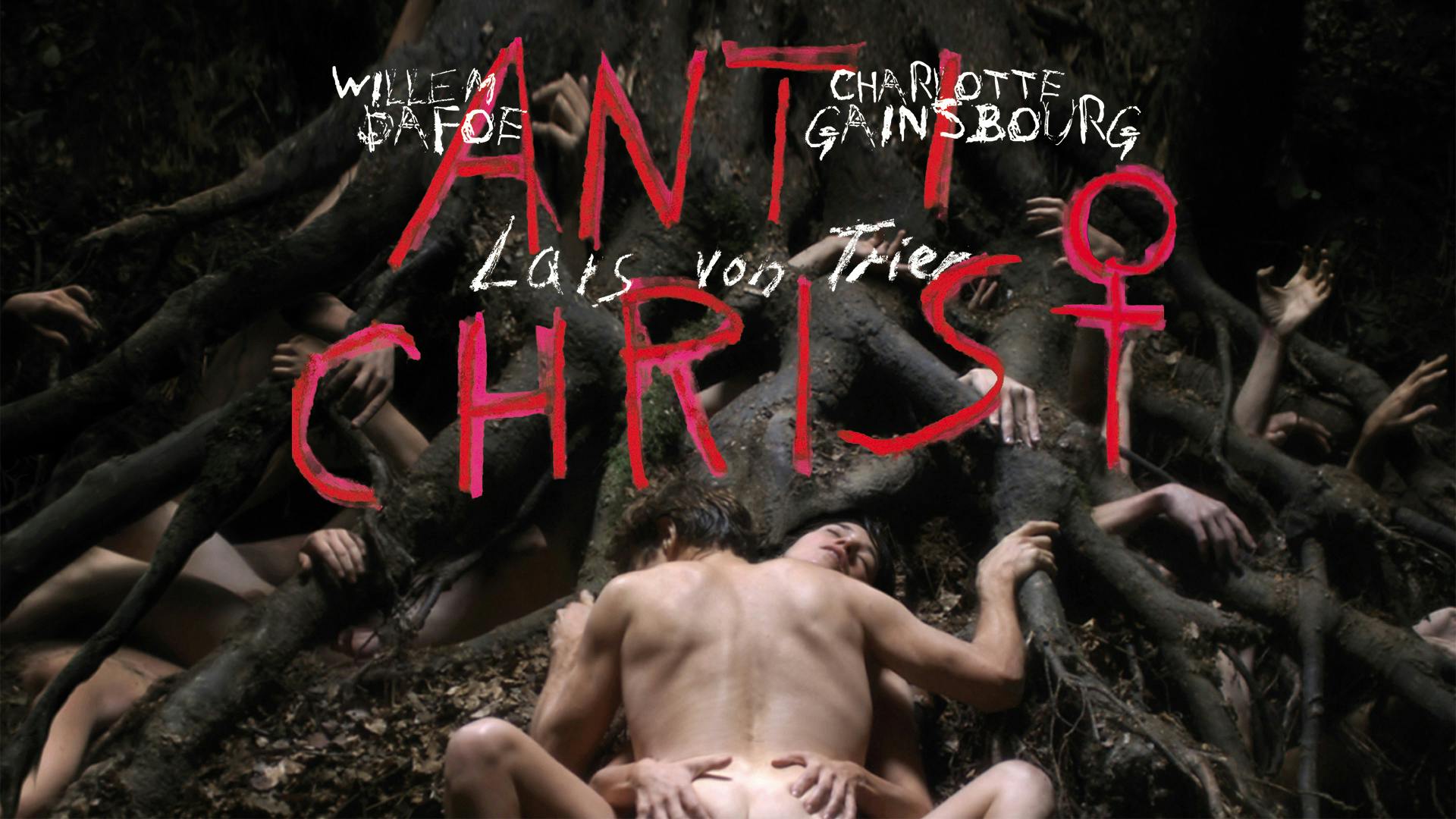Lars von Trier's Antichrist film is a fascinating and controversial work that has provoked intense debate and multiple interpretations since its release. Starring Willem Dafoe and Charlotte Gainsbourg, this psychological horror film delves deep into the darkest corners of human grief, guilt and madness. Its impressive visual language, which is enhanced by techniques such as slow motion and computer-generated imagery, and the provocative plot have not only made it a milestone in von Trier's career and part of his ‘Depression Trilogy’, but also an integral part of the discussion on modern cinema art. Dealing with themes such as nature, suffering and evil itself, reminiscent of works such as those of Andrei Tarkovsky, the antichrist lars von trier film is an essential object of study for film critics and aficionados alike.
In the following article, we will provide a detailed analysis and critique of the Antichrist film, including a summary of the plot, main themes and symbols, as well as a critical examination of Lars von Trier's cinematic realisation. This examination will not only bring out the complexity of the film, but also highlight Willem Dafoe's exceptional performance, which is a cornerstone of the film's emotional weight and even requires him to perform a nude scene (willem dafoe naked). Readers can expect a profound exploration of this unique work that challenges and provokes in both its form and message, similar to other films by lars von trier such as ‘Nymphomaniac’ and ‘Melancholia’.

Main events
‘Antichrist’ begins with a shocking antichrist sex scene in which a couple, played by Willem Dafoe and Charlotte Gainsbourg, have sex while their son falls out of a window and dies. The antichrist (film) follows the couple to their remote forest cabin ‘Eden’, where they deal with their grief and fall into a spiral of violence reminiscent of films like ‘saw collection uncut’ or ‘trauma uncut’.
Characters
The characters, known as ‘He’ and ‘She’, undergo intense emotional and psychological changes. ‘She’ struggles with guilt and fear of nature, while ‘He’, a therapist, attempts to treat her through exposure therapy, reminiscent of themes of therapy and sexuality.
Setting
The plot is largely set in the remote forest cabin ‘Eden’, a place that becomes both a refuge and the scene of her worst nightmares. The nature around her becomes increasingly hostile and symbolises her inner conflicts and fears, reminiscent of films such as ‘red fox nude’. The film was mainly shot at German filming locations in the Rhein-Sieg region.
Themes and symbolism
Religious symbolism
In the film ‘Antichrist’, Lars von Trier interweaves religious allegories with the raw elements of nature and depicts a complex story reminiscent of the myth of Genesis, in which nature and sin are inextricably linked, similar to the opera ‘Handel's Rinaldo’. The film's title and thematic undercurrent suggest a biblical struggle in which nature embodies both creation and destruction, reflecting the dualistic nature of human morality and the role of Satan.
Nature vs. human nature
The film poignantly depicts the conflict between the cultured facade of humanity and the untamed savagery of natural instincts. Von Trier explores this through the setting of Eden, a place that becomes a battleground where human fears and natural chaos collide, similar to ‘Sons of the Forest - The Three-Legged Woman’. The protagonist's fear of nature and her eventual confrontation with her original self emphasise the theme that human nature is both a part of the natural world and at odds with it .
Psychological elements
‘Antichrist’ delves deep into the psychological turmoil of its characters, focussing particularly on grief and despair. The intense portrayal of the protagonist's psychological descent is not only a personal journey, but also a broader commentary on the human condition. Von Trier uses this narrative to explore themes of mental illness and grief, examining how these intense emotions can lead to a disconnection from reality and an embrace of one's baser instincts, reminiscent of games such as ‘fall guys xxx’.
Critical analysis
Reception by the critics
‘Antichrist’ has polarised critics, with some praising its artistic depth and others criticising its graphic content. Reception of the film varies widely, with an astonishing 44% of early Tomatometer critics giving it positive reviews, while others such as Le Film Francais gave it poor ratings, similar to films by the Dardenne brothers. The challenging nature of the film has led to various critical reactions highlighting its complexity and Lars von Trier's provocative style.
Public reaction
Public reaction to ‘Antichrist’ was very divided at its premiere at the 2009 Cannes Film Festival. Audiences reportedly reacted with everything from laughter and applause to boos and fainting spells, and some walked out. This polarising reaction underlines the film's ability to evoke intense emotional responses.
Controversial aspects (controversy)
‘Antichrist’ is notorious for its controversial aspects, particularly its scenes of violence and sexual content such as the ‘clitoral leash’ scene. These elements have sparked debates about the film's approach to themes such as misogyny and human nature, reminiscent of the controversy surrounding films such as ‘Trauma film uncut’. Critics and audiences alike have struggled with the interpretation of these provocative elements, often seeing them as criticism or advocacy of misogyny, similar to witch hunts.